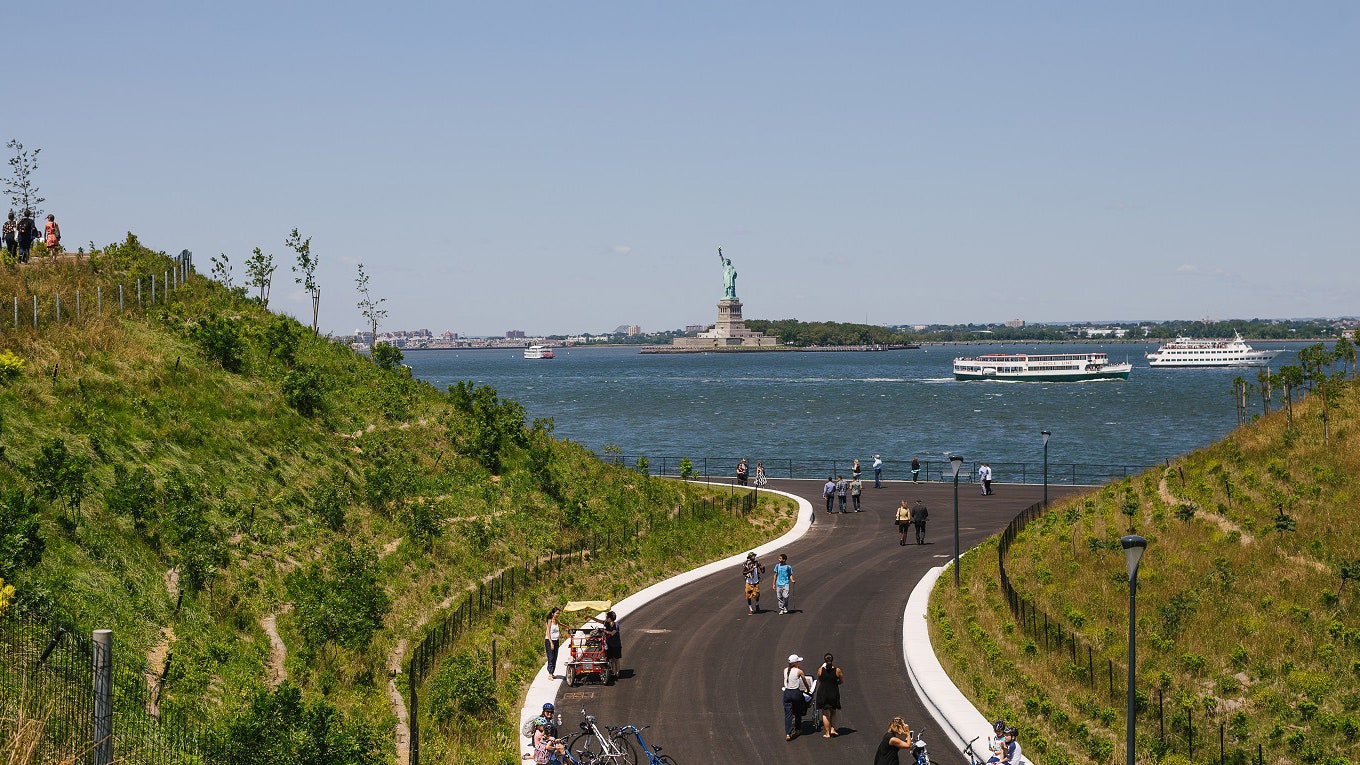Globalization has created a hyper-connected world with many benefits, yet it has also created an overdependence on the outside and a reliance on global supply chains, usually controlled by a few companies, to supply most basic goods and services. Given the state of the world with all the problems related to climate and increased conflicts, cities have to work towards self-sufficiency and localizing production, while doing it efficiently and generating the least amount of waste.
On a city planning level, a city’s resources and capabilities have to be well-studied, and plans have to be developed to improve its weak areas while leveraging its competitive advantage and expanding it. Cities need to invest in innovation and harness the potential of its human capital by supplying them with resources, education, spaces, hubs, and funding to develop new ideas to strengthen the local economy. Private and public institutions can create accelerators and incubators for creativity, new ideas and companies. The research and innovation culture has to be stimulated and grown, and should be part of any field and industry.
Cities should inspire people to be creative by teaching them arts and creativity and by providing them with opportunities to apply them in work, businesses, education, entertainment, health, sports, etc. People should be able to start companies and do creative work. They need to have opportunities to collaborate and work together on initiatives that improve conditions in cities and the world.
Having such opportunities launched from a city perspective also stimulates equity and inclusion, as they are made accessible to everyone and are not only reserved for people who can afford private universities and education to get such opportunities. Creating pathways for wealth building for all ultimately benefits the city and creates thriving local economies. Only a thriving economy can give the resources to build and rebuild our cities.
At the same time, in all endeavors, cities should focus on circularity and think of waste and byproducts at the initial stages of designing anything. All stages of a product’s development, use, and discard have to be considered when creating something new, with the focus on reducing, reusing, and recycling resources to manage the ecological impact we have on the planet.
Circularity has to be also thought of in terms of economic activity and investing back into the community. A lot of times, money created by businesses in a certain city is invested elsewhere, so the city has to create incentives to keep capital circulating inside it, thus helping it develop economically.
